detail profile che guevara
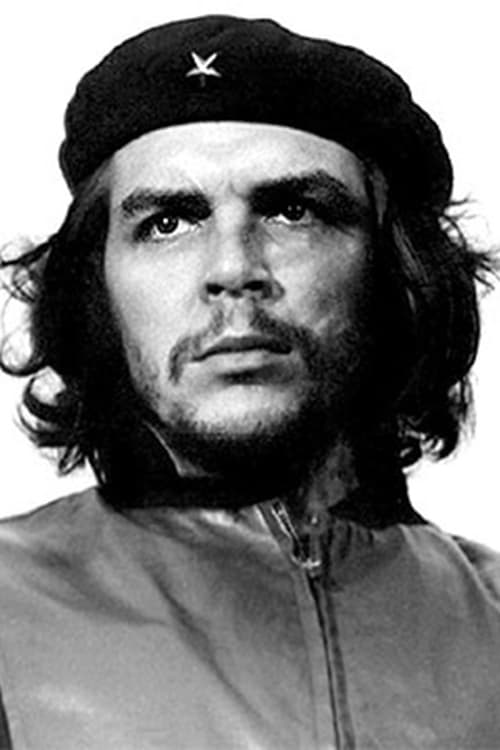
Che Guevara
Ernesto Che Guevara
atau dikenal sebagai
Riwayat Hidup
Ernesto "Che" Guevara (14 June 1928 – 9 October 1967) was an Argentine Marxist revolutionary, physician, author, guerrilla leader, diplomat, and military theorist.
He was a major figure of the Cuban Revolution, and was involved in other liberation struggles around the world, becoming a symbol of revolutionary political movements and rebellion.
Description above from the Wikipedia article Che Guevara, licensed under CC-BY-SA, full list of contributors on Wikipedia.
Info Pribadi
Peran Yang Di Mainkan Che Guevara
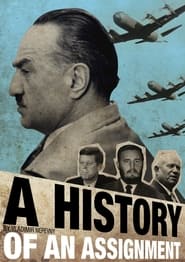 1962 year Cuban Missile Crisis The world...
1962 year Cuban Missile Crisis The world...A History of an Assignment 2021
1962 year. Cuban Missile Crisis. The world is on the brink of nuclear disaster. Khrushchev has no leverage over the stubborn commander. The only thing he could do was send someone to Cuba whom he trusted, someone who could convince Castro. This person was Anastas Mikoyan. He was accompanied on his mission by Roman Carmen, a legendary cameraman who filmed the Spanish Civil War, World War II and the Nuremberg Trials. Mikoyan's business trip lasted almost a month. Day after day, step by step, like a real psychologist, he talked with Castro and Che Guevara, listened to their calls to "die beautifully" and destroy the enemy with one blow, and tried to persuade Cuba to compromise to save the world. This film was born thanks to recently declassified documents.
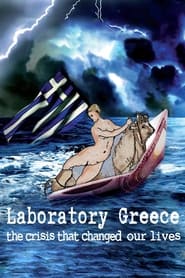 A journey through Greece and Europes...
A journey through Greece and Europes...Laboratory Greece 2019
A journey through Greece and Europe’s past and recent history: from the Second World War to the current crisis. It is a historical documentary, a look into many stories. «If Democracy can be destroyed in Greece, it can be destroyed throughout Europe» Paul Craig Roberts
 Ernesto Che Guevaras controversial story told...
Ernesto Che Guevaras controversial story told...El Che 2017
Ernesto "Che" Guevara's controversial story told by the Mexican writer Paco Ignacio Taibo II. He revisits places where the guerrilla and revolutionary leader has passed and interviews people who knew Che, making revelations about this important figure in Cuba's political history.
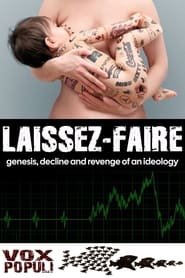 A historical perspective to understand Neoliberalism...
A historical perspective to understand Neoliberalism...Laissez-faire 2015
A historical perspective to understand Neoliberalism and to understand why this ideology today so profoundly influences the choices of our governments and our lives.
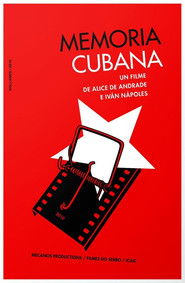 Through the files of Cuban cinema...
Through the files of Cuban cinema...Memória Cubana 2010
Through the files of Cuban cinema news program Noticieros ICAIC Latinoamericanos, the documentary shows the most relevant events of the second half of the 20th century as seen by the documentary filmmakers of the island. During three decades and under the general direction of Santiago Álvarez, these moviemakers witnessed almost everything: from the shivers of the Cold War to Bola de Nieve's piano solos; from the discovery of the killing fields in Cambodia to the Carnation Revolution in Portugal. In 2009, the original negatives of Noticieros ICAIC Latinoamericanos were declared part of the "world memory" by UNESCO.
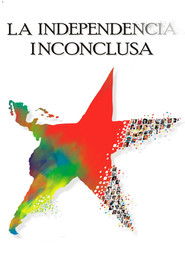 Documentary about the independence and history...
Documentary about the independence and history...The Inconclusive Independence 2010
Documentary about the independence and history of Latin America.
 After the Cuban Revolution Che is...
After the Cuban Revolution Che is...Che: Part Two 2008
After the Cuban Revolution, Che is at the height of his fame and power. Then he disappears, re-emerging incognito in Bolivia, where he organizes a small group of Cuban comrades and Bolivian recruits to start the great Latin American Revolution. Through this story, we come to understand how Che remains a symbol of idealism and heroism that lives in the hearts of people around the world.
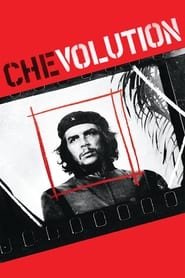 Examines the history and legacy of...
Examines the history and legacy of...Chevolution 2008
Examines the history and legacy of the photo Guerrillero Heroico taken by famous Cuban photographer Alberto Díaz Gutiérrez. This image has thrived for the decades since Che Guevara's death and has evolved into an iconic image, which represents a multitude of ideals. The documentary film explores the story of how the photo came to be, its adoption of multiple interpretations and meanings, as well as the commercialization of the image of Ernesto "Che" Guevara.
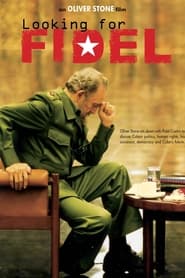 Oliver Stones second documentary oninterview with...
Oliver Stones second documentary oninterview with...Looking for Fidel 2004
Oliver Stone's second documentary on/interview with Fidel Castro specifically addresses his country's recent crackdown on Cuban dissidents; namely, the execution of three men who hijacked a ferry to the United States.
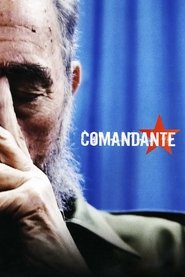 Oliver Stone spends three days filming...
Oliver Stone spends three days filming...Comandante 2003
Oliver Stone spends three days filming with Fidel Castro in Cuba, discussing an array of subjects with the president such as his rise to power, fellow revolutionary Che Guevara, the Cuban Missile crisis, and the present state of the country.
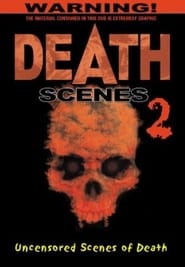 DEATH SCENES II continues the exploration...
DEATH SCENES II continues the exploration...Death Scenes 2 1992
DEATH SCENES II continues the exploration into the dark recesses of violence and rage that ended in such heinous crimes as the Manson Family's assault on society. You'll see the gruesome aftermath of mob reprisals, public executions and international terrorism. DEATH SCENES II uniquely ushers the brave and curious into a spellbinding trip through the reality that is our world today.
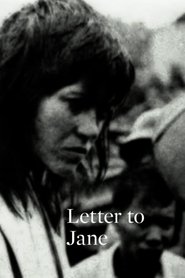 The films subject is a photograph...
The films subject is a photograph...Letter to Jane: An Investigation About a Still 1974
The film's subject is a photograph of Jane Fonda visiting Hanoi during the Vietnam War. It asks what the position of the intellectual should be in the class struggle and points out the irony of Jane Fonda's participation in the photo shoot, which was staged.
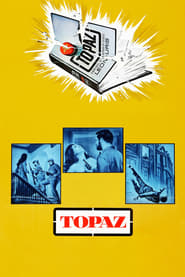 Copenhagen Denmark 1962 When a highranking Soviet...
Copenhagen Denmark 1962 When a highranking Soviet...Topaz 1969
Copenhagen, Denmark, 1962. When a high-ranking Soviet official decides to change sides, a French intelligence agent is caught up in a cold, silent and bloody spy war in which his own family will play a decisive role.
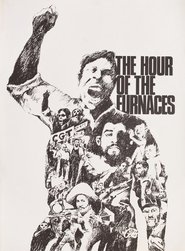 An impassioned threepart documentary of the...
An impassioned threepart documentary of the...The Hour of the Furnaces 1968
An impassioned three-part documentary of the liberation struggle waged throughout Latin America, using Argentina as a historical example of the imperialist exploitation of the continent. Part I: Neo-Colonialism and Violence is a historical, geographic, and economic analysis of Argentina. Part II: An Act For Liberation examines the ten-year reign of Juan Perón (1945-55) and the activities of the Peronist movement after his fall from power. Part III: Violence and Liberation studies the role of violence in the national liberation process and constitutes a call for action.
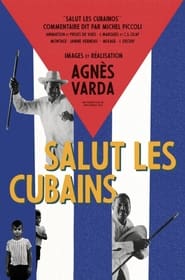 A photo montage of Cubans filmed...
A photo montage of Cubans filmed...Hello Cubans 1963
A photo montage of Cubans filmed by Agnès Varda during her visit to Cuba in 1963, four years after Fidel Castro came to power. This black & white documentary explores their socialist culture and society while making use of 1500 pictures (out of 4000!) the filmmaker took while on the island.
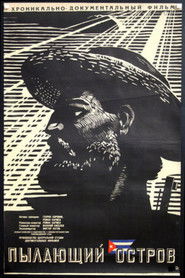 Documentary recounting the story of the...
Documentary recounting the story of the...Island Ablazed 1961
Documentary recounting the story of the Cuban Revolution and its impact on the young people of Cuba.
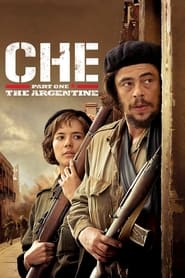 The Argentine begins as Che and...
The Argentine begins as Che and...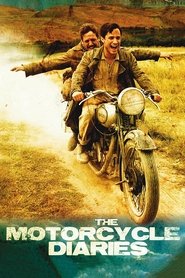 Based on the journals of Che...
Based on the journals of Che...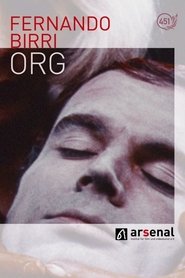 Explores the complex relationship between the...
Explores the complex relationship between the...